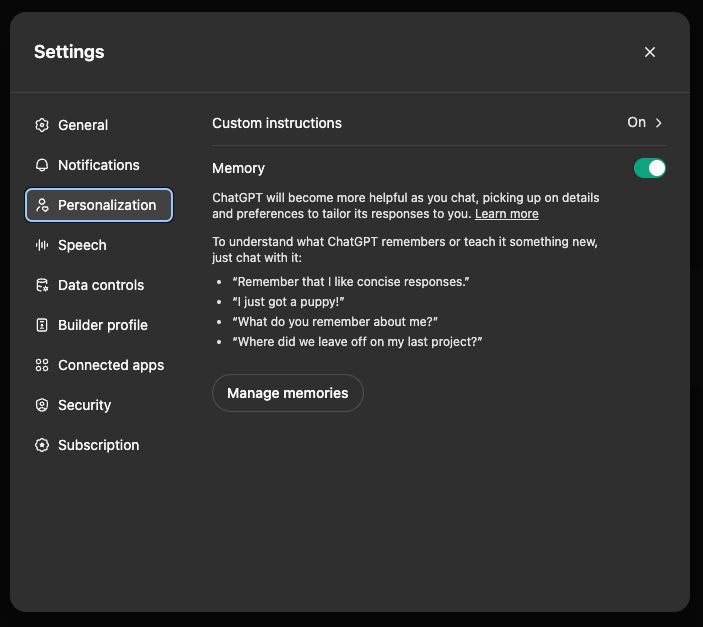
Shadow AI Is Evolving. Are Your Metrics Evolving Too?
1. The Hidden Workforce: Shadow AI Is Still Alive
Surveys reveal that over half of employees (54%) use unauthorized AI tools, with 57% actively hiding this usage from leadership. In effect, shadow AI has transformed into a hidden productivity network, quietly active and largely unmanaged.
Yet enterprises have responded by deploying licensed AI tools and internal systems, raising the question: Has shadow AI declined or simply become smarter and more nuanced?
2. From Risk to Fragmentation: The New Governance Challenge
Earlier fears centered on unauthorized usage. Today, as formal AI strategies emerge, the problem isn’t usage, it’s governance across a fragmented AI stack. Enterprises run internal bots, LLMs, agentic workflows, plus native AI features in their SaaS tools.
TechRadar notes that strategic success now requires making AI safe, reliable, and brand-aligned through disciplined systems, not chaos. Meanwhile, Agentic AI’s rise adds another layer of complexity: agents that plan, adapt, and act across workflows, powerful, but demanding oversight.
3. AI Adoption Isn’t Enough. It Needs Measurable Value
Enterprises are embracing AI, but real growth hinges on measuring its business impact. Reports show:
-
78% of organizations use AI in some capacity, with 85% integrating agents into workflows, yet many lack holistic insights.
-
Throw in cultural transformation and integration challenges, and the path ahead requires more than tech deployment, it needs strategic execution.
4. A Framework for the AI-First Future
Here’s how AI-First leaders can lead, not follow:
-
Map AI usage to outcomes: Track usage across tools, from chat prompts to automated agents, and tie them to business KPIs like efficiency gains, revenue lift, or risk mitigation.
-
Unify governance and analytics: Break the silos, consolidate dashboards for backend audit, usage adoption & telemetry, and most importantly - ROI evaluation.
-
Prioritize agentic context and transparency: Agent workflows demand clarity. Adopt open standards like Model Context Protocol (MCP) for seamless interoperability and traceability
-
Close the feedback loop: Let observed usage inform strategy, feeding insights into change management, governance, and reinvestment cycles.
5. Ready for the Next Chapter?
If shadow AI now signals creative deviation rather than defiance, what’s your read on the new frontier?
-
Have shadow usage dynamics changed with internal tools in place?
-
How are you measuring AI’s ROI, beyond usage stats to real business value?
-
What frameworks or dashboards are making AI a sustainable lever, not just a compliance challenge?
Let’s open up this conversation, and lead the way toward AI strategy that’s measurable, meaningful, and growth-making.


